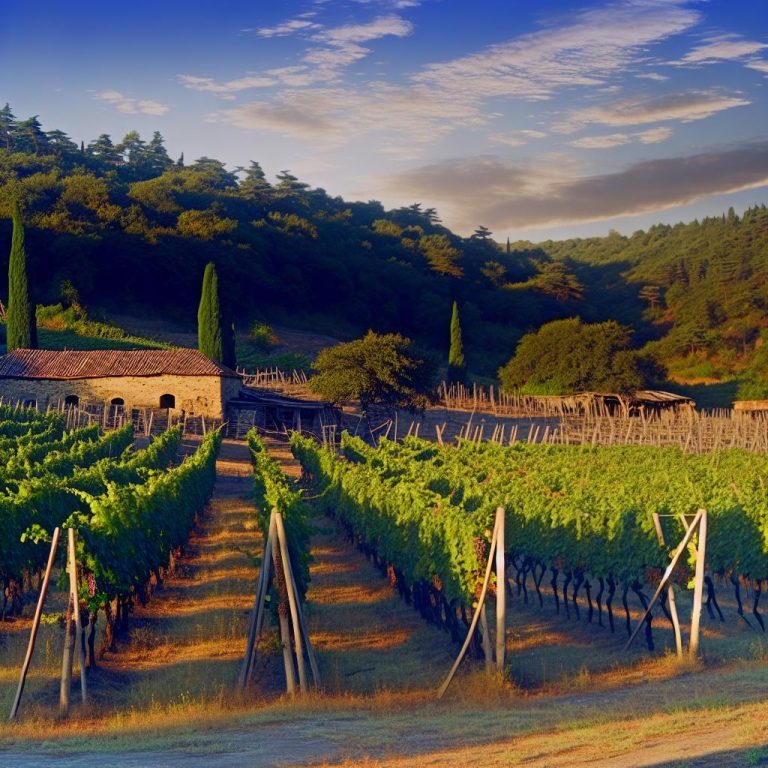Introduction to Boutique Wineries in Georgia and Corn Island, Nicaragua
The wine industry has undergone substantial evolution, seeing regions once overlooked for their wine production beginning to shine on the global stage. Among these are Georgia, a nation steeped in a rich tradition of winemaking, and Corn Island in Nicaragua, an unexpected yet emerging area in the industry. The rise of boutique wineries in these territories mirrors a larger trend where consumers are drawn to unique and tailored wine experiences.
The Rise of Boutique Wineries in Georgia
Georgia is geographically positioned at the crossroad of Europe and Asia, and it is often heralded as the birthplace of winemaking. Archaeological evidence supports wine production in this region stretching back over 8,000 years. In contemporary times, Georgia is witnessing a burgeoning growth of boutique wineries that are committed to traditional processes yet are adaptable to global wine enthusiasts’ tastes. These modest establishments often utilize ancient methods, notably the use of qvevri pots. These are large clay vessels buried underground, and they serve a significant role in the fermentation process. This technique has garnered attention and appreciation from international wine circles.
Indigenous grape varieties such as Saperavi and Rkatsiteli contribute significantly to the identity of Georgian wine. By combining these local grapes with unique production methods, Georgian boutique wineries have carved out a distinctive niche. Enthusiasts around the globe, particularly those seeking experiences beyond classic European wine regions, have begun to show increased interest in what Georgia’s wine industry has to offer.
Boutique Wine Production on Corn Island, Nicaragua
Traditionally, Nicaragua has been associated more with coffee and rum production than with wine. However, Corn Island is defying expectations by emerging as a unique locale for boutique wineries. The island’s microclimate—which comprises tropical weather coupled with fertile volcanic soil—presents an unusual setting for wine cultivation. Despite this, these environmental factors have empowered pioneering entrepreneurs to explore viticulture and produce wines.
Corn Island’s winemaking endeavors are primarily experimental and driven by enthusiasts deeply passionate about their craft more than by commercial ambition. Many wineries on the island focus on organic and sustainable production techniques to navigate the challenges posed by the tropical climate. This bold and non-traditional approach has attracted a segment of wine lovers eager to discover wines that originate from atypical environments.
Factors Contributing to the Growth
The expansion of boutique wineries in regions like Georgia and Corn Island can be attributed to several influencing factors. A significant driver is the global consumer movement towards artisanal products, which are perceived as less commercialized. Furthermore, there is a rising interest in sustainable and organic farming and winemaking methods. Many boutique wineries are moving in this direction, not only to improve quality but to define their identity in the market.
Support from government bodies also plays a critical role in the growth of these wineries. By positioning these regions as attractive wine tourism destinations, and investing in infrastructure and international marketing initiatives, authorities have significantly increased the visibility of these regions on the world wine map.
Challenges Facing Boutique Wineries
Despite increasing interest and renown, boutique wineries encounter multiple challenges. Their limited capacity often puts them at a disadvantage when competing with larger wine producers, particularly in terms of pricing and distribution networks. Furthermore, scaling up production without compromising on quality remains a crucial challenge.
In Corn Island, the tropical climate further complicates viticulture, posing issues such as ensuring consistent grape development and managing potential diseases. Consequently, the wineries on the island must continue to innovate and experiment to maintain their production viability and brand reputation.
Future Prospects
The outlook for Georgia’s and Corn Island’s boutique wineries is bright. With ongoing investments in marketing and technological advancements, these areas have the potential to strengthen their standing in the global wine sector. Emphasizing sustainability and maintaining high-quality standards will be essential for these wineries to establish a lasting impact.
Moreover, the growing curiosity among consumers about exploring diverse wine origins forms a ripe opportunity for boutique wineries in these emergent regions. By capitalizing on their distinctive characteristics and aligning with worldwide wine trends, these wineries can boost their attraction to wine aficionados around the globe.
Conclusion
The flourishing of boutique wineries in Georgia and Corn Island, Nicaragua, underscores the shifting landscape of the global wine industry. These regions, with their distinctive viticultural techniques and commitments to sustainability, provide unique experiences to wine enthusiasts. As they continue to evolve and respond to market changes, these boutique wineries are well-positioned to succeed and thrive amid the changing dynamics of the international wine scene.
